Photography is all about capturing light on a medium (film, sensor, ...). This medium has a sensitivity to light, meaning it needs more or less light coming in to catch successfully a scene.
What we simply call "ISO" refers to a standard of light sensitivity measurement, managed by the International Organization for Standardization (ISO - based on the Greek word isos), or should I say several standards (ISO 5800:1987 for color negative film, ISO 6:1993 for black and white negative film, ISO 2240:2003 for color reversal film, ISO 12232:2006 for digital sensors). Let's keep it simple and stick with "ISO".
A film has a static light sensitivity, a single ISO value, whereas sensors used in digital cameras can change sensitivity and offer a range of ISO values; ISO usually take values from 25 to 6400, but it can start lower and go higher.
How does that influence your photographs? A change in light sensitivity simply means that with a given amount of light let in, the photo you take will appear brighter if the medium is highly sensitive to light (high ISO value), and darker if the medium is less sensitive (lower ISO value). Yes, it means if you work in a dark environment, such as at a concert, you will probably need to select an ISO value of 1600, 3200 or above, and if you take photos in intense light, by a sunny day for instance, you might want to work with low ISO.
Below are images taken in the same environment, I just changed ISO value so you can have an idea of it's impact on image brightness.
There is more to it: high light sensitivity medium produce grainier images, which can be interpreted as lower image quality, or as an artistic effect. Note that this noise is not the same on every medium: two camera sensors at ISO 3200 can have different noise levels.
Fortunately for us, nowadays sensors have very reasonable noise even at high ISO, as you can see below:
Now you have one key to well exposed photographs. Don't hesitate to go to high ISO values, as you can see noises are not that terrible!
version française
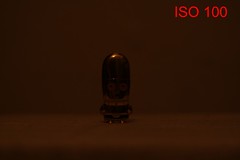
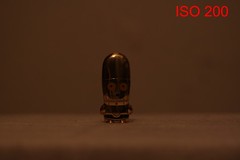
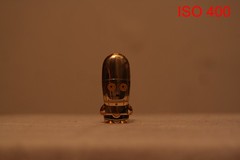
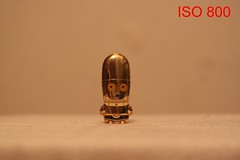
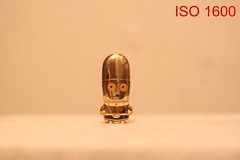
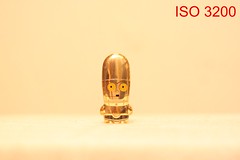
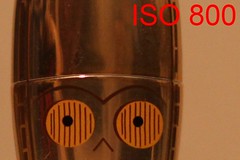
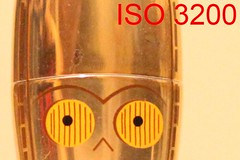
No comments:
Post a Comment